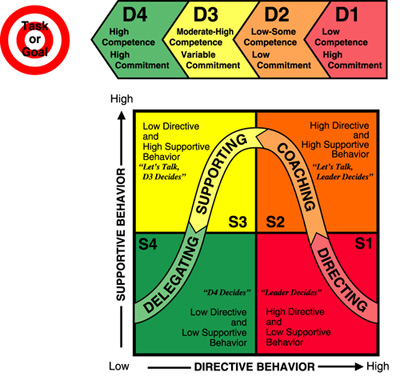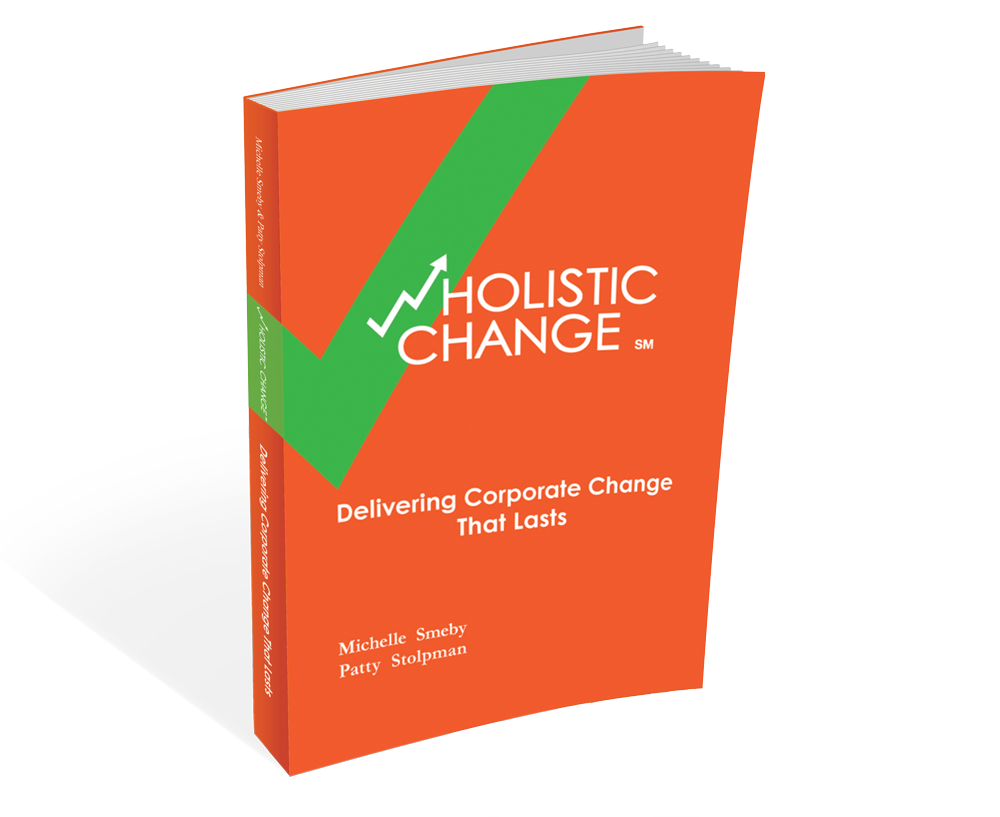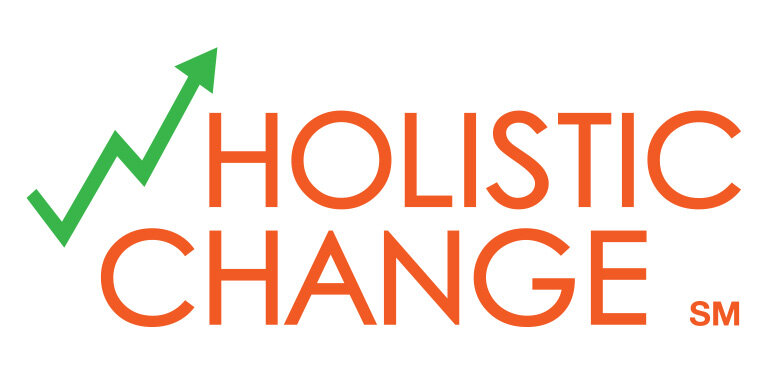Change agents need to not only fully understand the change that they are driving; they also need to become well versed in appropriately coaching and supporting the people in their organizations through the change. One great tool is Ken Blanchard's Situational Leadership II (SLII). One way to think of Situational Leadership is to remember the last time you learned a new skill: depending on where you were on the learning curve, you needed a different approach from the person who was leading you. For example, the phases you went through when you learned to drive a car:
One way to think of Situational Leadership is to remember the last time you learned a new skill: depending on where you were on the learning curve, you needed a different approach from the person who was leading you. For example, the phases you went through when you learned to drive a car:
- Unconscious incompetence: you are excited to be trying something new, to be gaining independence, and you don't know what you don't know. You are eager to get behind the wheel and drive the car.
- Conscious incompetence: you have now realized that you have to look in all directions and worry about pedestrians, dogs, as well as unpredictable other vehicles. You now know what you don't know, and start to feel overwhelmed and question whether you will ever be able to do this.
- Conscious competence: You have learned how to drive, and start to have moments where you know you can drive the car. There will be times when you question your abilities, but you are spending more time on the road behind the wheel.
- Unconscious competence: you have reached the point of expertise wherein you may drive to work without remembering how you got there. Each morning you get behind the wheel and perform all of the necessary tasks to drive yourself where you need to go.
What SLII teaches is that at each stage of progress on a specific task, the person going through the learning curve will require a different type of management. The best change agents (and sponsors) are those who are able to adapt their style based on where each person is in terms of their development. By appropriately coaching the learner through the 4 phases, the person will feel supported and more committed to helping the change team be successful.
- The change agent is directive and shows the learner how to perform the task.
- The change agent becomes a coach and demonstrates empathy to help the learner through the times when they feel overwhelmed. The change agent is still present to show the learner how to do the work.
- As the learner becomes a doer, the change agent supports the person during those moments of wavering commitment.
- The person is able to perform the task themselves; the change agent delegates work and reinforces what a great job the person is doing. I often refer to this phase as "have fun storming the castle!"

